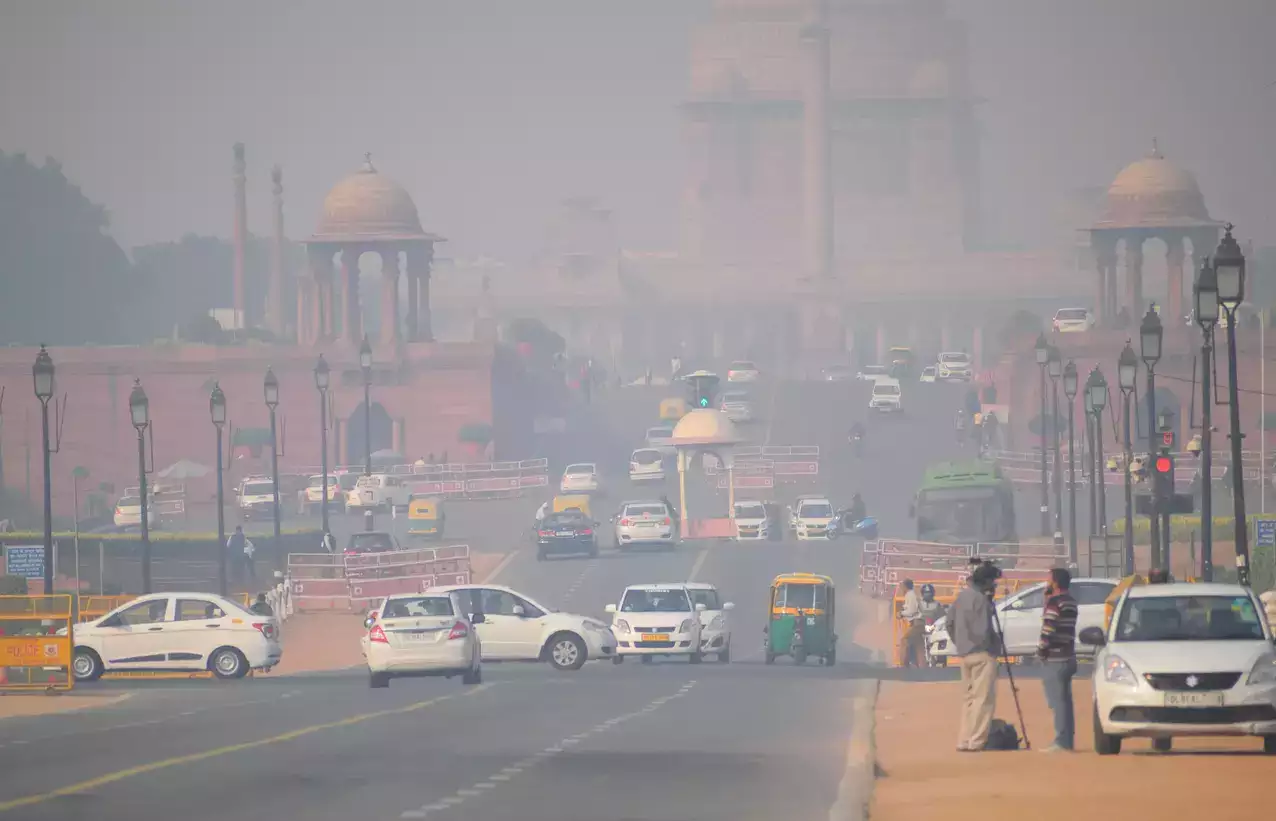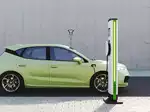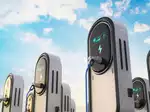India’s smog-struck cities highlight urgent need for multi-modal EV solutions

daily maximum and Air Quality Index (AQI) figures plunging into the and “severe-plus” category, India’s air quality crisis has reached alarming proportions. Reports increasingly highlight new cities entering the severe AQI category, with PM2.5 emerging as the primary pollutant. These fine particles, measuring 2.5 micrometers or less, infiltrate the lungs and bloodstream, posing severe health risks.
“High levels of air pollution, particularly PM2.5, are linked to millions of premature deaths in India, reduced life expectancy, and heightened morbidity,” asserts Annanya Mahajan, Senior Research Associate at Sustainability Futures Collaborative. “The elderly suffer heart and lung conditions, while children face respiratory issues, exacerbating health vulnerabilities for those with preexisting conditions. This culminates in increased healthcare costs and economic losses for the nation.”
Given that vehicles are the leading contributors to air pollution in Delhi, the urgency for sustainable solutions is more pressing than ever. With over 354 million vehicles on Indian roads as of 2022 and a heavy reliance on fossil fuels, transitioning to electric vehicles (EVs) across all modes of transport—public, private, and shared—emerges as a critical strategy to combat air pollution and mitigate climate change. Making India’s road transport sector electric, shared, and independent of imported fossil fuels could cut the sector’s energy demand by 57% and carbon emissions by 87% by 2047.
India, home to 14 of the world’s 20 most polluted cities, must prioritize EV adoption. The transport sector accounts for nearly 13.5% of the country’s carbon emissions, predominantly from road transportation. Recognizing this, the Government has set an ambitious target for EV penetration by 2030.
Countries like China and Norway exemplify successful EV adoption. Norway leads globally, with 96.4% of new car registrations being electric, incentivized through tax exemptions and toll-free access. China recently surpassed one million EV sales in August 2024, setting a new record.
The newly implemented PM E-Drive scheme is providing purchase subsidies for electric two-wheelers, three-wheelers, buses, trucks, and ambulances, alongside developing charging infrastructure. However, the exclusion of electric cars from this subsidy program is a missed opportunity. All initiatives that incentivized EV purchases for fleet taxi operators have lapsed and need to be brought in again immediately.
According to CRISIL Market Intelligence & Analytics (MI&A), cab aggregators find electric vehicles (EVs) more viable than internal combustion engine (ICE) vehicles for use, due to lower operating costs and environmental benefits.
Hemal Thakkar, Director and senior practice leader, Consulting, CRISIL Market Intelligence and Analytics said, “It would have been beneficial if the commercial category of cars had been included in the PM E-Drive scheme. Currently, yellow plate registrations account for about 7.3% (YTD FY25) of total passenger vehicle sales. Even if 70% of these vehicles are used for intracity travel and 30% for intercity travel, approximately 5% of this share could transition to electric vehicles (EVs). Given their daily mileage, a faster conversion of this segment to EVs would contribute significantly to achieving sustainable mobility targets.”
“Meanwhile, the increase in outlay for charging infrastructure is a positive step, as it helps build consumer confidence and supports the broader adoption of electric vehicles,” he said.
A recent ICCT report indicates that the total cost of ownership (TCO) parity for certain electric car models are emerging, even without subsidies. Yet, the upfront costs remain 1.3 to 1.7 times higher than conventional vehicles.
The need of the hour is to encourage buying of electric cars via proper alignment between the central and state governments, for in several states, incentives offered to individual buyers for purchasing EVs have either been discontinued or diluted. For instance, Delhi has withdrawn exemptions for electric two-wheelers and cars, while Telangana and Karnataka have introduced levies, diminishing incentives for potential buyers. In UP the road tax incentive is no longer being exclusively offered to EVs. Such fragmented, erratic approach is not conducive to fulfil the desperate requirement of zero emission mobility, a vital prerequisite for improving AQI.
The demand for cars in India is expected to rise, driven by increasing living standards and safety concerns. To accelerate EV adoption among private car owners, the government should enhance subsidies, particularly for lower-income households. Additionally, robust charging infrastructure is vital. Many potential EV buyers cite range anxiety and inadequate charging stations as significant barriers. Public-private partnerships could play a critical role in expanding the charging network across urban and rural areas, ensuring convenient access for EV users.
Moreover, shared mobility solutions, including ride-sharing and electric taxis, must be integrated into the EV strategy. Promoting electric shared mobility can reduce the number of vehicles on the road, lower emissions, and make EV technology more accessible to a broader population. Encouraging companies to transition their fleets to electric options can also contribute significantly to reduce urban air pollution.
“Mass transportation should be an integral part of the PM E-Drive scheme, especially considering the CO2 emissions and the daily operating range of electric taxis. This segment of passenger vehicles should have received targeted support, as electric car sales were growing steadily in recent months, particularly in the commercial category. The omission of subsidies for electric taxis has negatively impacted overall sales in this segment,” Arun Malhotra, Industry Expert, said.
As India stands at a crossroads in its battle against air pollution, the urgency for a sweeping shift to electric vehicles across all transport modes cannot be overstated. With a clear vision and collaborative efforts between the government, private sector, and consumers, India has the potential to lead the way in EV adoption, creating a cleaner, healthier environment for future generations.
To learn more about the electric vehicle ecosystem and meet the key industry leaders, click here.

